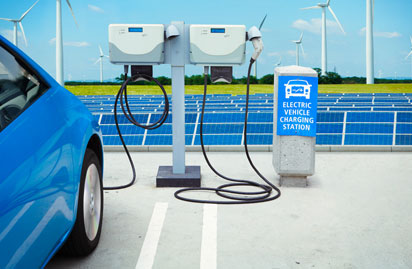The Sagarmala Project is a flagship marine project in India. It is projected to boost India’s merchandise export to USD 110 billion by 2025 and create around 10 million new jobs. Additionally, using waterways will significantly reduce costs for the Government. For example, 90% of coal is transported through railways, thereby increasing logistic costs and diminishing profit margins.
The purpose of the project is to maximize domestic and global trade by thoroughly and extensively utilizing India’s vast coastline and waterways. The project seeks to bring an overhaul to the overall development of ports and coastal areas of India to further enhance the economy.
Why is the project significant?
- Mode of Transport: The project will help interlink railways, roads and waterways. Water transport is significantly cheaper than any other mode by nearly 5-6% and this will also affect the price of commodities.
- Job Creation: It will create more than a million job opportunities near coastlines and ports. Full-time jobs on this project can help reduce unemployment rate of India.
- Infrastructure & Security: It will help create better infrastructure in under-developed, rural coastline and port areas. Consequently, this may lead to better tourism in such areas, and thus, higher earnings for some states contributing to the GDP of India. Better infrastructure will lead to better maritime security.
- Strategic Importance: Enhancing trade routes is important strategically. China’s Maritime Silk Road has created a significant foothold in Southeast Asia, a market of nearly 3 billion people. To counter this, it is important that India maximizes its maritime potential and provide competition to China’s ever-growing trade monopoly.
Key developments of the project so far
- Of the 802 projects worth over INR 5 lakh crore – with an end date of 2035 – a total of 202 projects worth INR 1 lakh crores have been completed.
- 218 projects are expected to be completed by 2024 and another 390 additional projects are under development.
- The Government is collaborating and funding fishing projects in partnership with the Department of Animal Husbandry, Dairying & Fisheries (DADF) as a part of the coastal community development scheme. Permission for deep-sea fishing and processing centers for fishes are also granted.
- The Government is promoting work on coastal circuit development under the Swadesh Darshan Scheme (a scheme by the Ministry of Tourism), cruise tourism, enhancing infrastructure at established tourist areas to increase/maintain footfall, construction of operational lighthouses, creation of National Maritime Heritage Museum complexes to showcase past history, and construction of underwater galleries and restaurants.
- The Deen Dayal Upadhyaya Grameen Kaushalya Yojana (DDU-GKY) trains 10,000 people every year under the Ministry of Shipping for various tasks.
- Ministry of Shipping has collaborated with the Ministry of Skills and Development and Entrepreneurship for training people to make marine logistics easier and accessible. This includes managing warehouses, consignment management, tracking, inventories, and other related tasks.
- Basic fire safety and handling training provided to natives at the Alang-Sosiya shipyard in Gujarat.
Recent Government measures to expedite project implementation
- Financial burden on the exchequer has been reduced by the implementation of 29 projects worth INR 45,000 crore under the Public-Private Partnership (PPP) model.
- To help ease funding pressures, contributions up to 50% is provided under the Sagarmala scheme and the groundwork for 40 projects has been laid down under the PPP model for the next five years.
- A dedicated statute, the Major Port Authorities Act 2021, is likely to provide further impetus to the project. Ports will have more autonomy in decision making and flexibility in tariff setting.
- The new tariff settings allow for market-based pricing for PPP projects, thus helping in attracting investments.
Conclusion
Covering a coastline of 7,517 kms and waterways of 14,500 kms, the project aims to promote industrial trade via port-led development. India’s waterways are a crucial trade route to the world, and most importantly, Southeast Asia. The ports, however, lack in development to make this a smooth trade route. The Sagarmala Project along with the recent Government measures seek to address these shortcomings.
If India can unlock its marine potential, eventually, it will lead to the creation of jobs, increased GDP and trade, and a foothold in Asia, that could provide stiff competition to China in the global market. Further, improvements in infrastructure will, consequently, save logistics, reduce costs and time, while increasing efficiency. However, while these developments are important, the project must ensure that the coastal population benefits.






